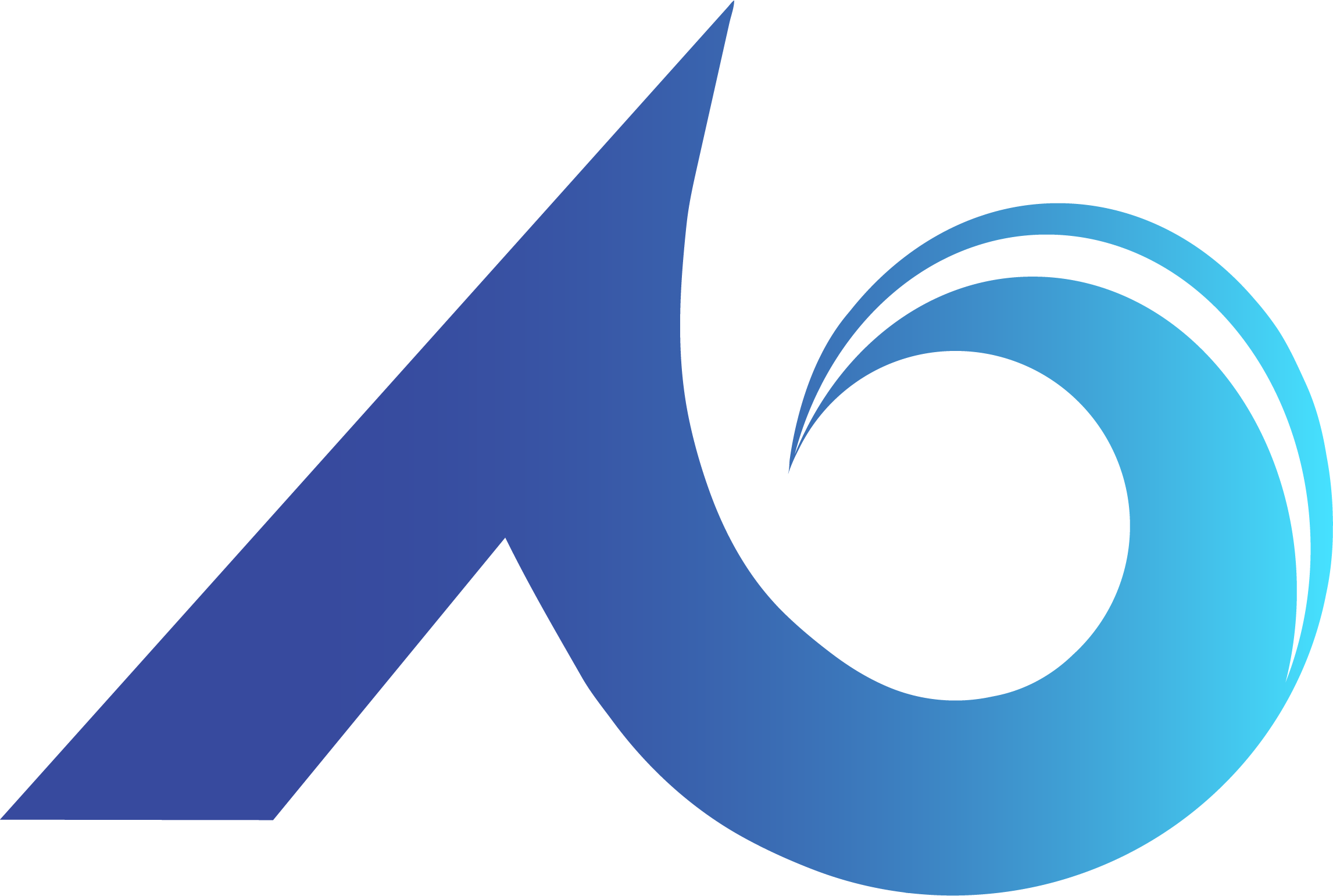How to Overcome Distractions and Boost Productivity at Work

Confession time. I have opened a document to write, only to discover three unplanned detours, two snack breaks, one rabbit hole about bonsai pruning, and exactly zero usable paragraphs. If that sounds familiar, welcome. You are not broken, you are busy in a world built to steal your attention in tiny, expensive inches. The good news is that you can take it back. And when you do, you do more than finish tasks. You elevate your reputation, you strengthen customer trust, and you quietly become the kind of brand ambassador every organization wishes they had.
This is a guide to practical focus, with style and sanity intact. We will talk about why attention is a business asset, how every employee’s focus shapes customer success, and where ethics fits in when no one is watching your screen. Grab a glass of water, silence one notification, and let’s build a habit that pays for itself by lunch.
Every employee is a brand ambassador, one notification at a time
Brand is not a logo; it is the feeling people have after interacting with you. That means your attention is not just personal discipline, it is public relations. The response time on a client email, the care in a proposal, the calm in a live issue, those are tiny billboard moments for your organization. When your attention is fragmented, your brand is too.
Think about the last time someone gave you their full focus. No glancing at a second monitor, no “sorry, quick ping,” just undivided presence. You felt respected. You likely trusted their recommendations more. That is brand ambassadorship in the wild. Now flip it. When we multitask our way through a meeting or send a half-baked answer because we are juggling five pings, customers feel it. The message received is not “we are efficient,” it is “you are an interruption.” Focus is not only a personal edge, it is a cultural signal.
The distraction tax, and why customer success pays the bill
Distractions do not arrive with invoices, but they are not free. Every interruption introduces a restart cost, the brain’s version of spinning back up a heavy machine. Multiply that across a day and you get a murky blend of rework, misreads, and “wait, what did we decide.” Customer success thrives on predictability, clarity, and trust. Fragmented attention quietly erodes all three.
- Predictability. When attention is scattered, commitments slip. A missed detail in the statement of work becomes a surprise later. Surprises rarely feel like value.
- Clarity. Split focus breeds fuzzy writing and fuzzy meetings. Vague language creates more questions, which creates more back and forth, which creates more delays.
- Trust. People remember how you made them feel. The customer who gets a thoughtful recap and accurate next steps feels safe. Safe customers renew.
Why focus is also ethics, the quiet kind
Ethics is doing the right thing when no one is watching. Focus is choosing the right thing when no one is tapping your shoulder. When you attend to the work you promised, when you protect a colleague’s time by arriving prepared, when you silence distractions to give a client your full attention, you are practicing everyday ethics. You are honoring commitments, guarding confidential details from careless copy-paste moments, and making fewer mistakes that others have to quietly clean up.
The Focus Framework, five moves that actually work
You do not need a retreat. You need repeatable micro practices that cooperate with reality. Here is a simple framework that respects different work styles and still delivers.
1) Label the hour. Before each working block, write one sentence, “For the next 45 minutes, I will complete X to ready state.” Ready state is key. Not perfect, usable. Put the sentence at the top of your doc or on a sticky note in front of you. Your brain loves specificity.
2) Shut the open loops. Open loops are the tiny anxieties that whisper while you work. Two minutes to log out of noisy apps, set your status, and place your phone face down buys you back twenty minutes of flow. If a stray thought appears, park it in a capture list. You do not have to hold it if you can hold it somewhere.
3) Shape your space. You do not need a minimalist desk to focus, you need fewer choices. Close unneeded browser tabs. Keep only the file you are using on screen. If noise derails you, try “brown noise” or a door sign that says “heads down until 10, happy to sync after.” Small boundaries are still boundaries.
4) Use the 3 by 3 cadence. Three focused blocks, three short breaks. Think 45 minutes on, 10 minutes off. On the break, move your body, drink water, look far away to relax your eyes. Off the break, decide your next micro goal before you touch your keyboard. The cadence prevents burnout and kills the “just one more scroll” monster.
5) Finish with a future. The last five minutes of any task are for packaging. Rename the file clearly, drop a two line summary at the top, list next steps with owners and dates, then put the asset where others can find it. You did the work, now make it easy to use. Future you, and your team, will send thank you notes in their hearts.
Team rituals that amplify individual focus
Personal habits are powerful; shared rituals are culture. Try these as a group.
- Quiet startup. The first thirty minutes of the day are meeting-free and message-light. People pick one high-leverage task and move it forward. The collective impact is wild.
- Decision hygiene. Every decision is captured the same way: decision, owner, date, link to details. When the knowledge is findable, interruptions plummet.
- Two-door meetings. Door one is a crisp agenda circulated a day prior, and door two is a written update for those who can contribute asynchronously. Fewer meetings, better meetings, happier humans.
The focus-friendly message, small words that save hours
Attention friendly communication is a gift. Steal these sentence stems.
- “Context, this affects X because Y. Ask, please confirm A by Friday.”
- “Draft, looking for line edits on sections 2 and 4.”
- “Summary, we decided B. Owner, Priya. Date, the 12th. Details, link.”
Short, accurate, respectful. Your coworkers and your customers will feel the difference.
Handling the human stuff, because life beeps
Distraction is not only dings and tabs. It is also worry, fatigue, and the very real swirl of being human. A few humane strategies help.
- Name the nag. If a personal task is hijacking your brain, write a one-line plan and a time you will handle it. “Pay bill at 4.” Your brain relaxes once it sees a container.
- Move first. Five minutes of light movement before a deep block increases alertness. Science agrees, but your shoulders will tell you faster.
- Sleep is software. You cannot patch a foggy brain with more coffee. Protect your bedtime like a meeting with your future. That focus dividend pays all day.
Where leaders earn their halo
Leaders set the tone, on purpose or by accident. If you want a focused team, model it.
- Cancel a meeting that should be an email, and say why.
- Praise visible focus, not visible busyness. “Thanks for the tight brief and clear next steps” beats “thanks for the fast reply at 9.”
People notice. They copy what gets applauded.
Course recommendations to turn habits into a system
If you want to accelerate from good intentions to consistent practice, formal training like Mastering Focus: Overcoming Distractions at Work Training Course gives your team a shared language and playbook.
Close two tabs you do not need. Write one sentence labeling your next block. Set a twenty-five to forty-five-minute timer. Do the work, then package it with a short summary and next steps. Share it. Repeat after lunch. That is it. Progress is a sequence of small, honest wins.
Closing encouragement from a smart friend who wants you to win
You do not need superhuman willpower to reclaim your attention. You need a few simple habits, a workplace that respects time, and a gentle refusal to let the loudest thing decide your day. Master your focus, and you will ship cleaner work, build stronger relationships, and feel better doing it.
References
-
-
-
-
-
U.S. Small Business Administration (SBA) – 10 Tips for Customer Service
-
National Institute for Occupational Safety and Health (NIOSH) – Workplace Stress and Productivity
-
American Psychological Association (APA) – The Cost of Multitasking and Workplace Distraction
-
-
-
-




